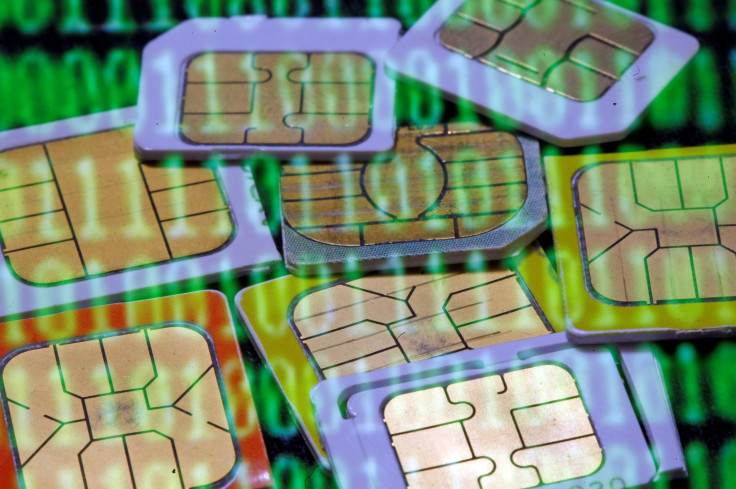What Are eSIMs? Traditional SIM Card Replacement Explained

SIM cards might be the biggest hangover from early smartphone days, which is still present in today’s most advanced phones. We might have changed its size to MicroSIMs and NanoSIMs, but the basic technology and hardware structure remains the same.
SIM cards however, might soon be history and get replaced by embedded SIMs or eSIMs, according to a report released Monday. So what are eSIMs? eSIMs are SIMs that would be woven into the silicon fabric of a device’s modem, and would be programmable to access different networks.
Read: 750 Million Cell Phones At Risk Of Remote Hacking Due To SIM Card Security Flaw
They are not a new thing — smartwatches such as the Samsung Gear S3 Frontier already use them for SIM connectivity. But, according to Engadget, eSIMs might soon become commonplace in smartphones. Chipmaker Intel is working on mobile modems compatible with eSIMs — the company has already successfully embedded an eSIM in one of its devices. While most Android devices use either Qualcomm or Mediatek processors, chances are Apple, which uses Intel processors for its devices, might feature an eSIM in its iPhone next year.
An advantage that eSIMs might have over traditional mobile SIMs, would be that they would be able to support higher data speeds of more 1 GB per second over mobile data networks.
According to research firm IHS Markit, eSIM shipments are expected to grow from 108.9 million shipments in 2016 to 986 million shipments by 2021. It might seem like a tall order, but chances are instead of just being fitted in wearables, eSIMs could be fitted in smartphones, PCs and even the larger internet-of-things (IoT) networks. According to IHS Markit, smartphones would spur the growth of eSIMs.
eSIMs could also lower the prices of devices since the embedded SIM slot would come pre-fitted into a device, meaning a device maker will not have to design one, which in turn would save valuable surface area on a smartphone along with designing costs.
Also, the SIM would be soldered into a device and programmed remotely which would mean less frequency loss, unlike plastic SIMs, which tend to lose signal very often. This will help create a better customer experience. It will also allow network providers to interface better with smartphone manufacturers.
Additionally, more opportunities are expected for SIM providers, who will now be able to diversify into the IoT and connected cars market. Conversely, these technologies will also benefit, since they will no longer be dependent on Wi-Fi for data and will be able to integrate with other smart devices. The GSM Alliance (GSMA) has already backed eSIMs and the technology could become mainstream by next year.
Read: Samsung Gear Solo: Smartwatch With SIM Card Could Make And Receive Calls
According to IHS Markit, the technology is expected to be adopted by budget devices and trickle on to premium devices in 2019. Samsung and Huawei are expected to be the first smartphone makers to adopt the technology.
While the decline of traditional SIMs might not be as fast as some hope, they are still believed to be steadily on their way out with an expected decline of 0.3 billion between 2016-2021.
© Copyright IBTimes 2024. All rights reserved.











